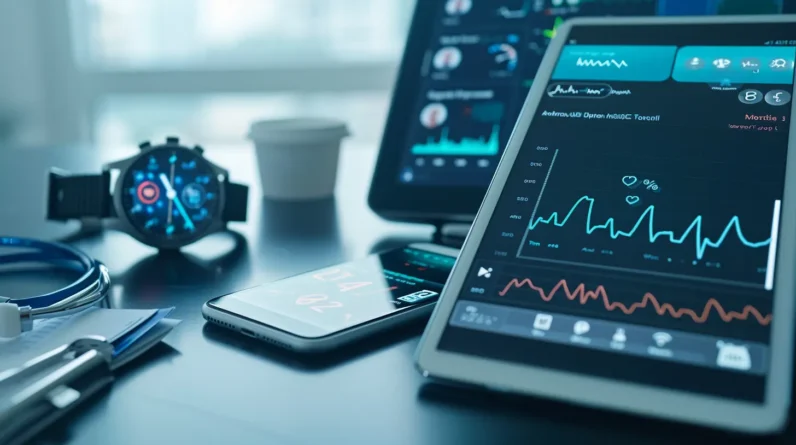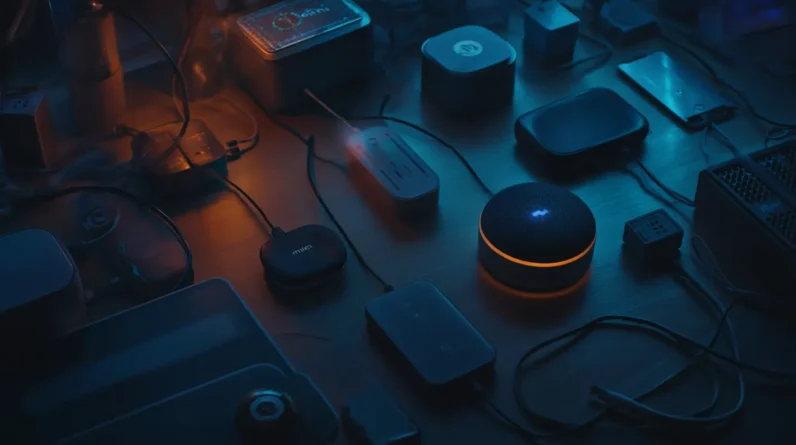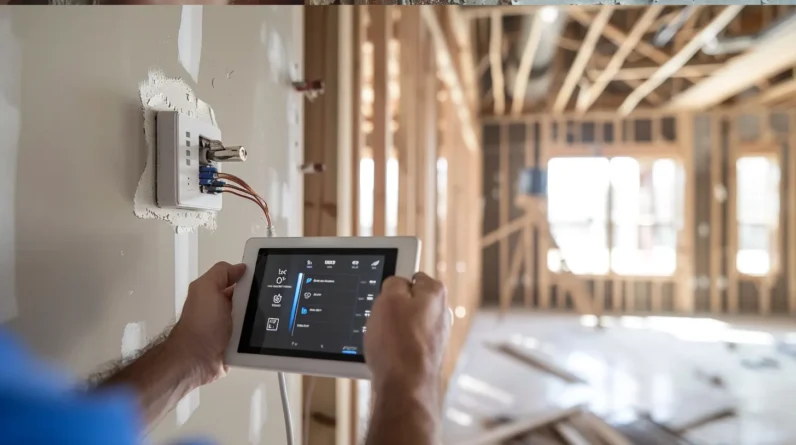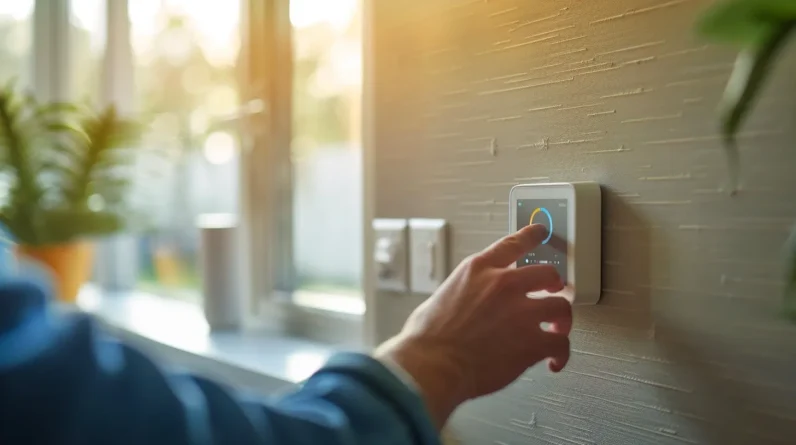
Smart devices in healthcare have revolutionized patient monitoring by providing real-time access to accurate data, tracking essential signs continuously, offering a complete view of a patient’s health, enabling early intervention, and tailoring treatment plans. These devices enhance diagnostic capabilities through artificial intelligence algorithms, remote monitoring tools, telemedicine services, wearable devices, and data analytics. Additionally, they streamline workflow processes by optimizing efficiency, maximizing resources, automating tasks, and facilitating seamless information flow.
Improved communication among healthcare teams and enhanced data management and analysis further highlight the significant impact of smart devices.
Impact on Patient Monitoring
Smart devices in healthcare have revolutionized patient monitoring, enhancing data accuracy and real-time accessibility for healthcare providers. These devices, such as wearable monitors and remote sensors, allow for continuous tracking of vital signs and other health parameters.
The seamless integration of these devices into healthcare systems provides healthcare professionals with a thorough overview of a patient’s health status. By collecting real-time data, healthcare providers can detect subtle changes in a patient’s condition promptly, enabling early intervention and personalized treatment plans.
Additionally, the ability to remotely monitor patients outside of traditional healthcare settings enhances patient comfort and convenience while ensuring that healthcare resources are utilized efficiently. Overall, smart devices play an essential role in improving patient outcomes and optimizing the delivery of healthcare services.
Enhancing Diagnostic Capabilities
Enhancing diagnostic capabilities in healthcare involves leveraging advanced technology to improve accuracy and efficiency in identifying medical conditions. By including smart devices into diagnostic processes, healthcare providers can greatly enhance their ability to make informed decisions quickly.
Some key strategies for enhancing diagnostic capabilities include:
– Implementing artificial intelligence algorithms for more precise interpretations.
– Utilizing remote monitoring tools to access real-time patient data.
– Introducing telemedicine for expert consultations regardless of location.
– Employing wearable devices for continuous patient monitoring.
– Integrating data analytics to identify patterns and trends in patient health.
These approaches not only streamline the diagnostic process but also pave the way for more personalized and effective healthcare interventions.
Streamlining Workflow Processes
To optimize operational efficiency and maximize resource utilization within healthcare settings, a holistic approach to streamlining workflow processes is essential. By analyzing current workflows, identifying bottlenecks, and implementing efficient protocols, healthcare institutions can enhance productivity and patient care.
Utilizing smart devices to automate routine tasks, such as data entry and appointment scheduling, can greatly reduce administrative burdens on staff. Integration of smart devices with Electronic Health Records (EHR) systems streamlines information flow, ensuring quick access to patient data and treatment histories.
Moreover, real-time monitoring of equipment maintenance schedules through smart devices minimizes downtime and enhances operational continuity. Through strategic implementation and continuous refinement, streamlining workflow processes with smart devices leads to a more efficient and effective healthcare environment.
Improving Communication Among Healthcare Teams
Improving communication among healthcare teams entails establishing clear channels for information exchange and collaboration to enhance patient care outcomes. Effective communication plays a pivotal role in ensuring seamless coordination and delivery of care.
To optimize communication within healthcare teams, it’s essential to:
– Implement secure messaging platforms for quick and confidential information sharing.
– Conduct regular interdisciplinary team meetings to discuss patient cases and treatment plans.
– Utilize standardized protocols for reporting critical information and updates.
– Provide ongoing training on communication skills and conflict resolution techniques.
– Employ technology solutions like teleconferencing for remote team collaboration.
Enhancing Data Management and Analysis
Utilizing advanced data management systems allows healthcare teams to streamline information organization, enhance analysis capabilities, and improve decision-making processes within the clinical setting. These systems provide a centralized platform for storing and accessing patient data, ensuring that all team members have real-time access to critical information.
By implementing robust data analytics tools, healthcare professionals can identify trends, patterns, and potential risks more efficiently. This level of data analysis enables teams to make informed decisions, tailor treatment plans to individual patients, and ultimately improve outcomes.
Enhanced data management and analysis also contribute to research efforts, quality improvement initiatives, and compliance with regulatory requirements, fostering a holistic approach to healthcare delivery.
Conclusion
To sum up, the incorporation of smart devices in healthcare has revolutionized the way patient care is delivered. With enhanced monitoring, diagnostics, workflow processes, communication, and data management, these devices have truly optimized the efficiency equation in healthcare. Like a symphony conductor orchestrating a seamless performance, smart devices harmonize the various elements of healthcare delivery to create a masterpiece of precision and effectiveness.
The future of healthcare is indeed bright with the continued advancement of smart technology.







